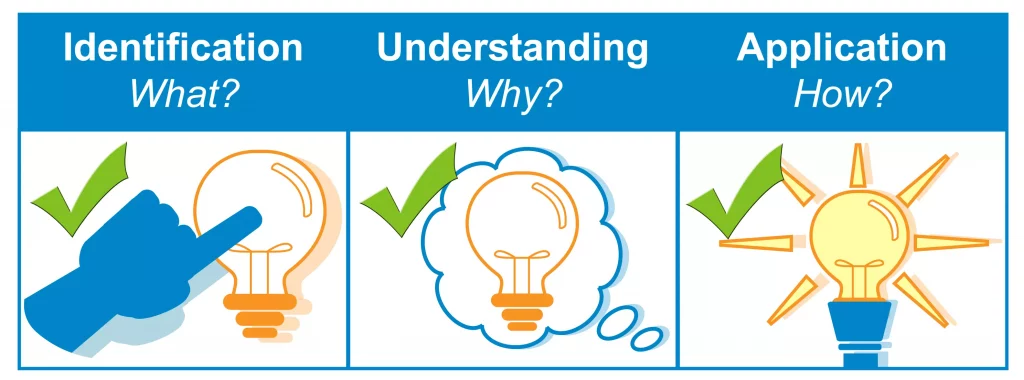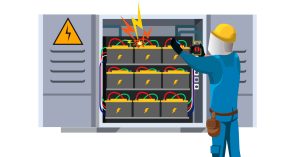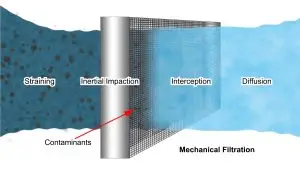Course Description
The THORS Lithium-Ion Battery Safety course provides learners with insights into lithium-ion battery safety by explaining noncritical hazards, their occurrences, troubleshooting, and prevention methods, as well as critical hazards, their occurrences, emergency response procedures, and prevention methods. Additionally, it presents a variety of safety measures designed to reduce risks associated with battery use and maintenance.
Who will benefit from this lithium-ion battery safety course?
Anyone using and working with lithium-ion batteries
Course Classification

*THORS uses the Bloom’s Taxonomy Methodology for our course development.
Certificate Awarded for Lithium-Ion Battery Safety

*upon successful completion
Related Posts

Women in Manufacturing: An Interview with Kavita Krishnamurthy
As part of a tribute to women in manufacturing, we at THORS eLearning Solutions decided to showcase one of our own, Kavita Krishnamurthy. Kavita is

Developing Soft Skills in the Tech Industry
Soft skills in the tech industry, where precision and expertise are paramount, might seem secondary. However, soft skills such as communication, teamwork, and problem-solving, play

Training Perspective: Looking Back to Look Ahead
Companies are constantly reviewing ways to reduce costs and keep positive margins. During times of economic recession, external pressures from competitors as well as internal pressures





